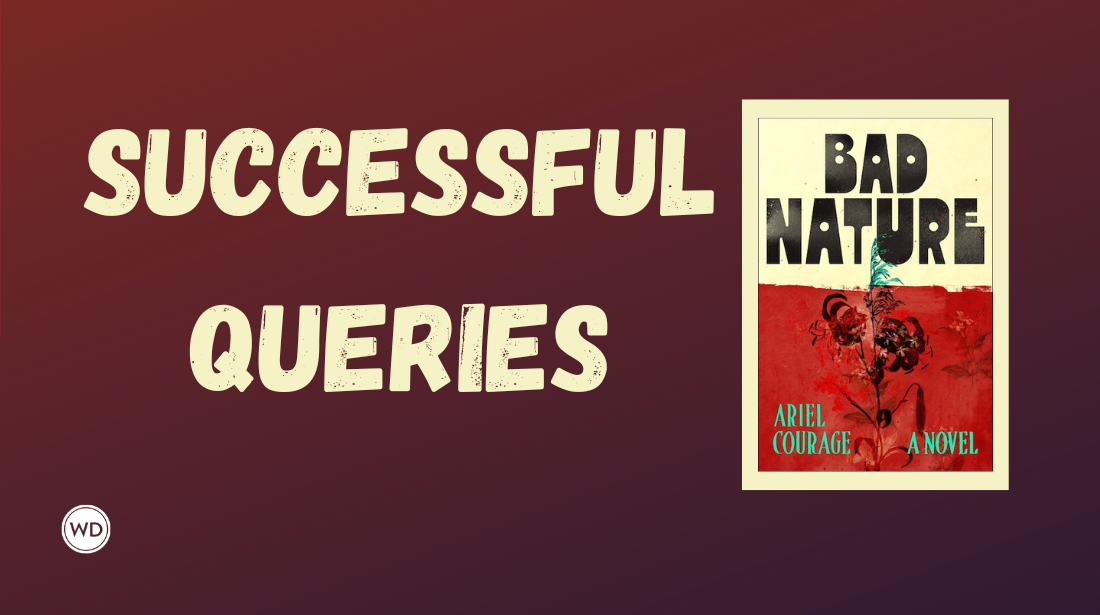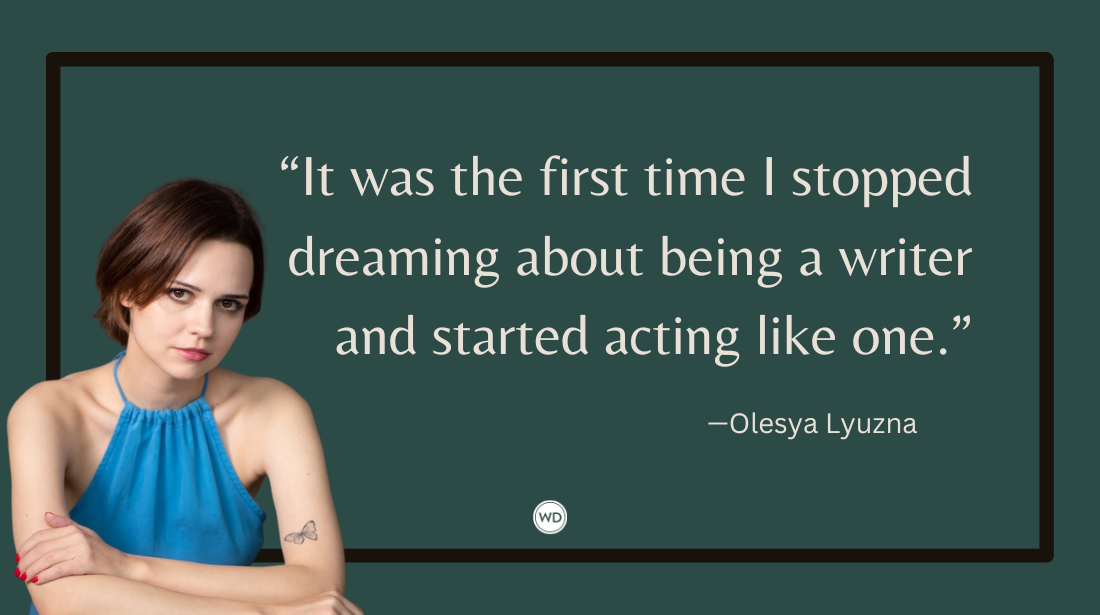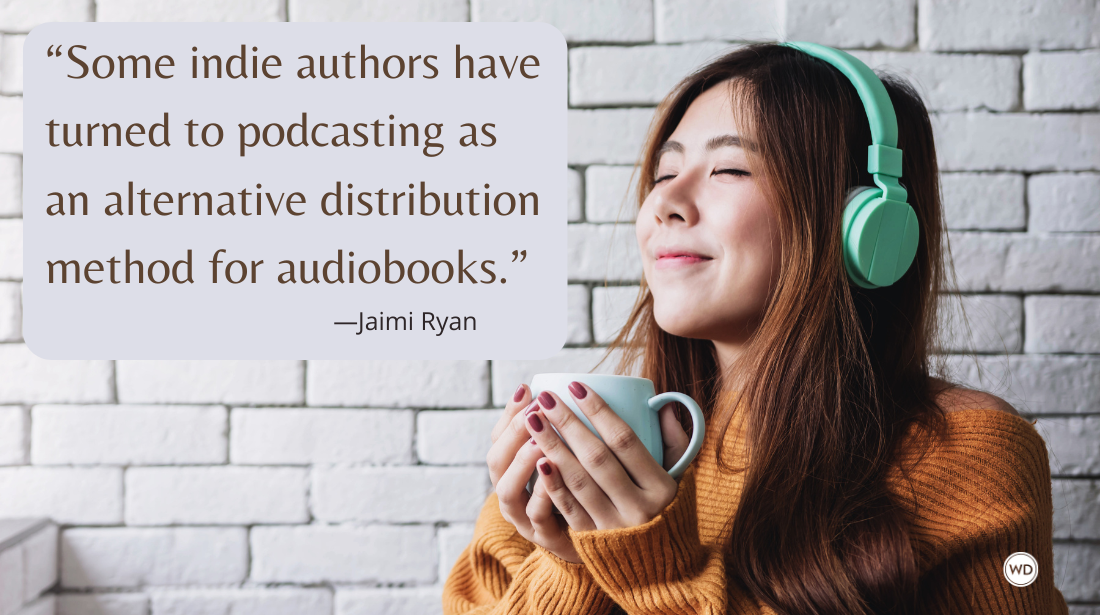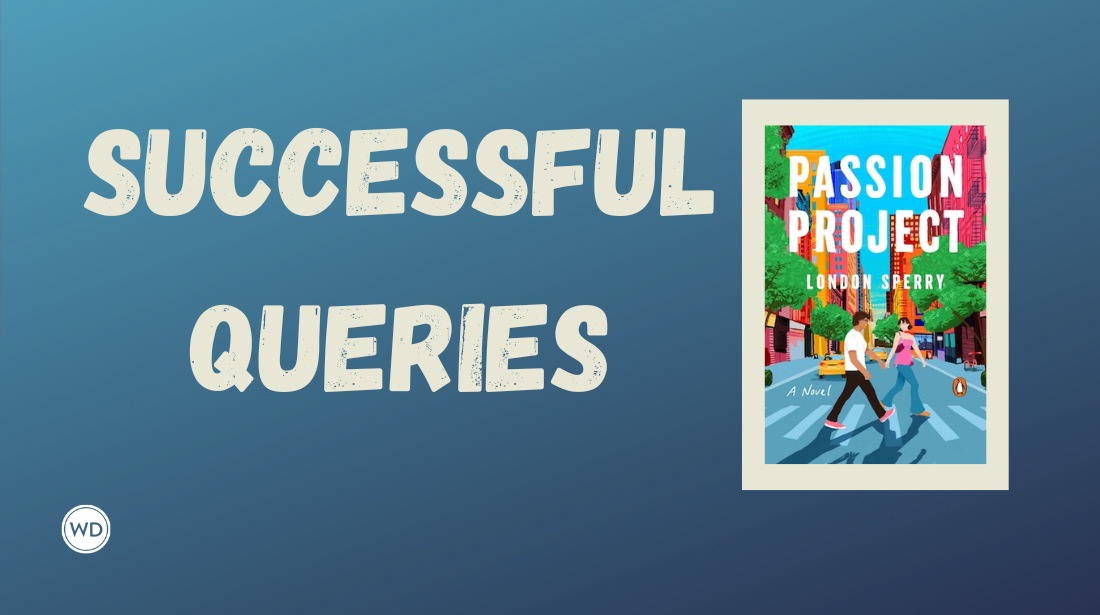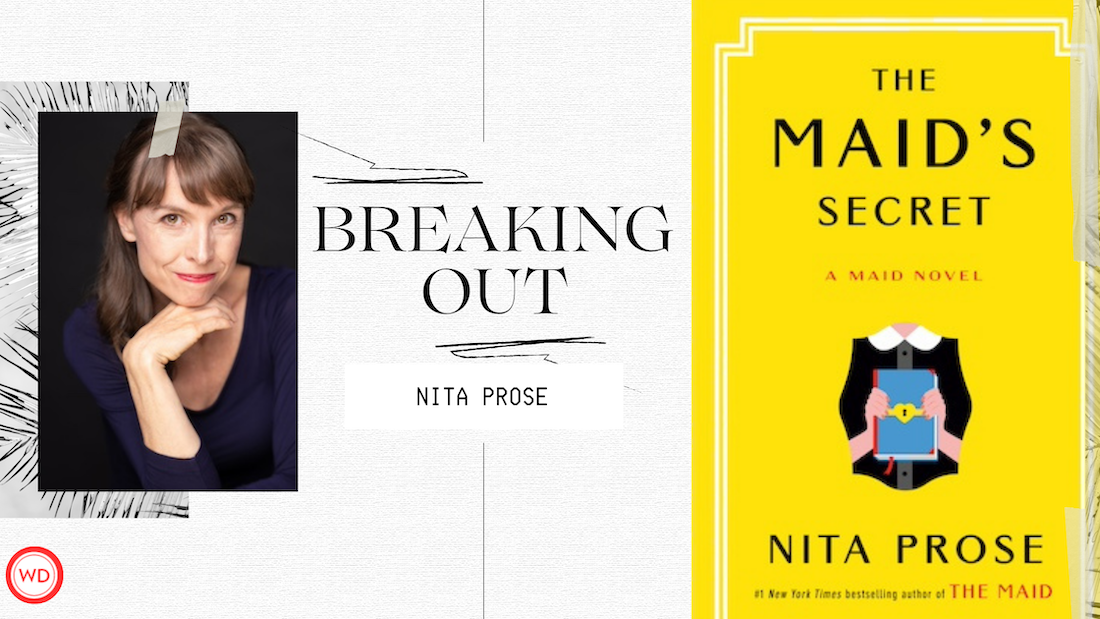Building The Yellow House: An Interview With National Book Award Finalist Sarah M. Broom
The National Book Award finalist answers 10 questions about her debut memoir The Yellow House.
The newly drained swampland that became New Orleans East touted a promising future when Sarah M. Broom’s mother bought their family’s shotgun house in 1961. “The Yellow House” became home to the family’s 12 children, as well as the most unruly child and symbol through which Broom viewed herself.
In her debut memoir The Yellow House (Aug. 2019, Grove Press), Broom extends the map of New Orleans beyond the famous sites visited by tourists to include the stories of the city’s natives that came before her; investment in and divestment from New Orleans East and her family’s life growing up there; the journeys she and her family took away from home only to be pulled back again; and the massive storm that changed everything. Broom talked with WD about her process of creating the ambitious new work.
You published an abridged version of The Yellow House story and your family’s recovery after Hurricane Katrina in the The New Yorker for the 10th anniversary of Katrina. How was the process of writing the article different from writing The Yellow House?
An article has a beginning and end. An article feels less exploratory than a book is. With the book, there’s a huge amount I don’t know. Even the structure, thinking about, for instance, that the book should be composed of four movements to get at the musical nature of the place I come from and the way people are being moved and displaced in the narrative. The book was an unknown, because I began in one place and ended up in a very different place than I could have imagined. The book proposal was nothing like the final book. The New Yorker piece gave me a way to back out of the book, which I was writing at the time, and think about this very contained piece. It crystallized certain things I wasn’t sure about. In an article you don’t have much space, so you’re forced to crystallize certain ideas that you can take longer doing in a book.
When did you begin work on the book?
I started long before Katrina with the house itself, what it meant to me, and how the house rode on my psyche [throughout my life]. So much of writing is thinking of the ideas that make up the book. Katrina added another layer. Then I was writing about an absent house. It forced me to think about how the story had changed.
I got a deal with Grove to write the book in 2011. That year, I moved back home to do some very focused reporting, lived in libraries and archives, and interviewed all of my family.
How did you find the resources you needed for writing The Yellow House?
I was trained as a newspaper journalist and went to UC Berkeley for my Master’s in journalism. I received there more training from some incredible creative nonfiction writers.
I always had an innate curiosity of what was underneath a thing. I always loved libraries and archives for that reason. So I had an initial group of questions and followed those questions and saw where they led me.
This is a personal story, so there’s family lore, archival research, and sometimes it was a family member telling me a story and my going around and interviewing other people to fill out or confirm that story. Sometimes it was going to the archives to confirm the story. Sometimes they didn’t match up, and that was interesting.
A lot of my time was consulting maps and thinking about what existed in places over time. For example, I found the address of the boarding house my grandmother lived in, then drove by and realized it’s now a Walmart. One piece of information led me down a certain road, and I was always open to what it all meant.
How did you keep this information organized and shape the book’s narrative?
I sketched where I thought the story would go, and then using that outline, I started the first draft of many drafts. By the end, I had 13 or 14 re-writes of this book. For me the outline was key, so I could keep coming back to it. The narrative itself is quite chronological.
How did you decide where to end The Yellow House?
Somehow in the work of figuring out what the story would be and where the story would arc, I felt that [my brother] Carl’s devotion to the land [The Yellow House used to sit on] was a key idea. We’ve all gone back to where our house used to be, and Carl invited me to cut the grass. All sorts of symbolic things happened in that moment. After I ended the book there, I thought I couldn’t because I had to talk about the fact that my aunt had died and it took 11 years after the storm for my mother to sell this land. I added the “After” section where my mom signs away the land to the city.
Can you tell me more about your book deal?
I worked at O magazine for a few years, and I had been making notes toward a proposal. My agent Jin Auh at the Wylie Agency kept pushing me to get this proposal together, then all sorts of things happened, including my moving to Burundi.
I felt that I knew what the story wanted to be in 2010. I was able to put it in context in a way that I hadn’t been able to before, so I finished the proposal, and Auh was influential in helping me revise the proposal. By that point, I had 50 very strong pages of the book. We went around and I got the deal based on that.
How did you find Jin Auh?
After the storm, I wrote a cover story for O about my family and what they were going through. She contacted me after that piece ran. Before that, I also wrote something for Oxford American and a backpage for The New York Times Magazine. She contacted me based on these things.
In The Yellow House you write: “I did not yet understand the psychic cost of defining oneself by the place where you are from.” What advice do you have for others on avoiding this psychic cost?
That’s the central question of the book: How do we not define ourselves entirely by where we are from? I don’t just mean the city—the circumstances, conditions of our birth, all the feelings that come with feeling displaced or misplaced. For New Orleans, it was important for me to examine the mythology of the place. Because for much of my childhood I defined myself by the condition of the house, one of the key things I realized was that I was not the house. That’s an enormous power, to give any place or object the ability to define who you are.
I got around this through research—finding the stories, going there and asking hard questions, thinking honestly about what it meant to grow up in this place. For me, it was doing the hard work of not romanticizing the place, my own story, or the story of my family. There are moments where I just present the story as what it is. That was important for me that my mother and siblings are seen in this complex light, which is how life is—layered and nuanced.
There are many high and low emotional points in the story. How were you able to sort through your emotions in order to see the bigger picture of the story?
For me, emotions and writing don���t go together. I’m working with this raw pile of material. I could look at this pile and ask, “What’s the story I’m trying to tell? How do I write so that [readers] move through it at a normal pace and understand these characters?” The emotional part comes through the language, how I tell you the story, the detail I train your eyes on, what’s in the frame, what details matter the most to me as the narrator.
I guess that’s where 13 or 14 re-writes come in handy.
[Laughs] That’s what the re-writes do—give you reminders about what writing is about. Writing is about knowing very clearly the story you’re trying to tell and putting in the labor to craft it.
About Cassandra Lipp
Cassandra Lipp is managing editor of Writer's Digest. She is the author of Queen City Records, which tells the stories behind the indie record shops of Cincinnati and Northern Kentucky. Her work has appeared in Greener Pastures, The Belladonna, Little Old Lady, Points in Case, and Ohio's Best Emerging Poets 2019. Follow her on Twitter @Cassie000000.



